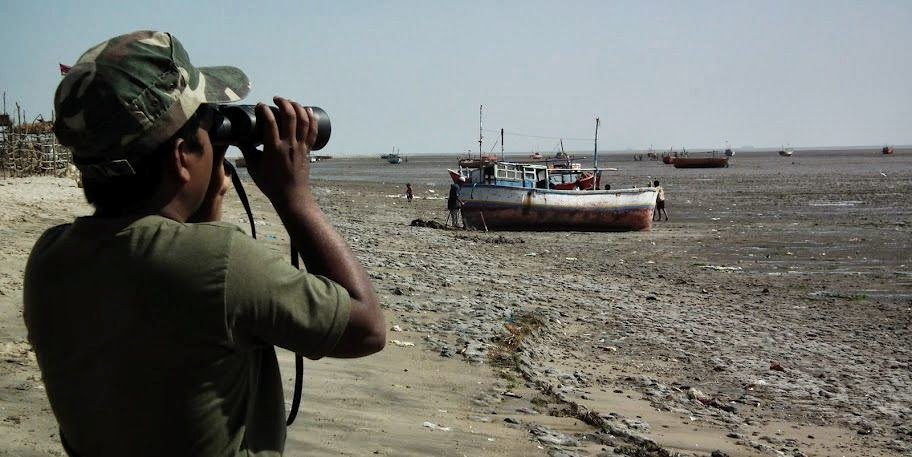
…or journey to the end of the world
Passing another horse cart loaded with plastic barrels of drinkable water… Well trotted dirt road winds through the open savanna with low thorny acacias and dry, flattened grass in the district of Kutch, Gujarat (India). The blueness of the January sky is being broken by numerous and noisy flocks of wintering Common Cranes.
In front of us is an endless mud bar with a Western Reef Egret and a Common Greenshank (below). The road now follows the dyke with a Crested Lark on it. Another water loaded cart, this one being pulled by two zebu oxen. I leave acacias behind and enter the village, at first raised on low concrete platforms, barely half a meter above the tidal mud flat.
And the village consists of tents, a lot of tents made of jute, behind the horizontal stick fences. The whole village smells of fish – its raison d’etre. One goat is feeding on fish hanging to dry along the sticks. There is not a single tree in the entire village. The road winds among the home steads enveloped in a thick and salty scent of sun-drying fish, by children playfully chasing each other next to muddy puddles and long-drop loos in the shape of separate tents… Another cart, this time an ass cart loaded with a huge fishing net and – the end.
The end of the road. The end of the village. The end of the World. In front of us is a wide mud flat and, at the far horizon, the sea.
The Arabian Sea. Between the sea and the village, on now dry tidal flats, gulls and egrets are wandering among the fishing boats lying on their sides and waiting for the tide. India being one of the centers of the ship breaking industry, cutting the hulls apart for scrap recycling, these boats have strange names and even stranger ports of registration. The one in front of me is registered in Panama. All of them are former life boats, adapted into fishing boats and now waiting for the tide.
Surrounded by a bunch of shy, giggling, curious and, I must add, well behaved children, I scan the flats. What is this strange foreigner doing in their jute village?
Indeed, what am I looking for? A Crab-plover. An unusual white-and-black lapwing sized wader that is supposed to be pushed closer to the village with the approach of a high tide. It seems that I was misinformed about the high tide time, expecting it at 1 pm. I come here two hours ahead, searched the flats without success, than visited a nearby Bhadreswar Jain Temple (above), giving the tide some more time, but once back in the village, the Arabian Sea was not any closer than before.
Searching the long beach, far-away boats and among them, some white spots: Heuglin’s Gulls, Gull-billed Terns… Not a trace of a Crab-plover, which is known to be wary and prone to take flight at a distance. Walking along the beach, scanning from time to time: tents, gulls, fish, dogs, asses, fishermen and so on. No Crab-plovers.
 I have never seen this plover and it is already a ten or so years old fascination, dating from the time when I used to live at the edge of the Kalahari Desert. The nearest seas were 1000 kilometers to the east and 1500 to the west, when I saw a Crab-plover on the front of the Africa Birds & Birding magazine, photographed on some beach in Mozambique. And I told my guide, Chirag Solanki, that I have wanted to see it ever since! He nodded the Indian style and bravely said: “It is possible.”
I have never seen this plover and it is already a ten or so years old fascination, dating from the time when I used to live at the edge of the Kalahari Desert. The nearest seas were 1000 kilometers to the east and 1500 to the west, when I saw a Crab-plover on the front of the Africa Birds & Birding magazine, photographed on some beach in Mozambique. And I told my guide, Chirag Solanki, that I have wanted to see it ever since! He nodded the Indian style and bravely said: “It is possible.”
And here we are, on a beach without a sea, inhaling the strong scent of a salted fish and scanning at least a kilometer wide mud flat. Chiku raises a fist and smiles victoriously. I come closer; he is showing some very far-away white spots. “Are you sure,” I ask suspiciously. “Not entirely, but I think they are.” I am observing the white spots, thinking how I cannot tell them apart. What to write in my notebook? “White spots at a distance?”
And then the white spots started moving, walking… one extend its long neck and turns into a Great Egret. The other lowers its black head and neck, becoming a Black-headed (Oriental) Ibis. Not even close to a Crab-plover (was Chiku trying to cheer me up?). This way or that way, I haven’t found my plover.
But, as I once loosely quoted Ulrich Gregor and Enno Patalas’s book Geschichte des Films (History of Films), it is not about the success of the attempt, but the attempt hides a deeper meaning in itself. Perhaps the meaning is hidden in the village at the end of the World, between the land and the sea? Or my next destination should be that beach in Mozambique (tourism officials of Mozambique, I sure hope you do read my blog)?
Acknowledgements and other pieces
For being invited to the Global Bird Watcher’s Conference, I would like to thank the organizers: Government of Gujarat, Gujarat Tourism Corporation and the Forest Department of Gujarat. The conference was organized by excellent J N Rao Travel (thanks, Uttej), and the post-conference bird tour by Arpit Deomurari whose Indian list these days stand somewhere at 900+, so he is forced to chase endemics in the Himalayas and the Andaman Islands to add another lifer to the list (poor, poor guy). The most charming accommodation in the area is available at the Beach Camp at Mandvi Palace. Despite not being widely recognized as a birding area, the beach (gulls and waders), the Camp and the Palace Gardens (songbirds) and the surrounding area offer some great birds (if you don’t mind listening the cranes honking at night from a comfortable bed in your spacious tent).
Photos copyright © Dusanka Stokovic Simic & Dragan Simic
Find the later stages of the same tour here:


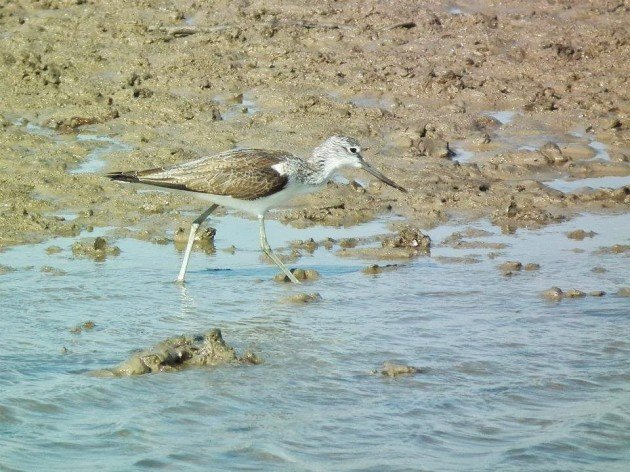
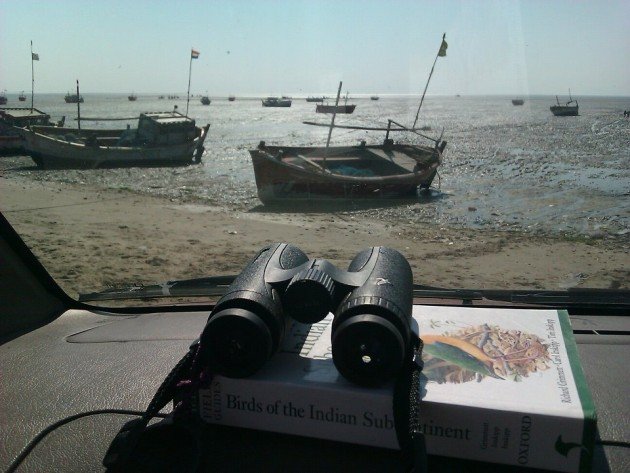
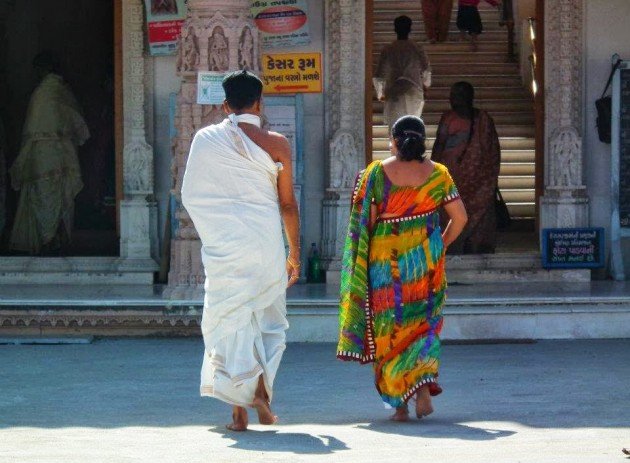
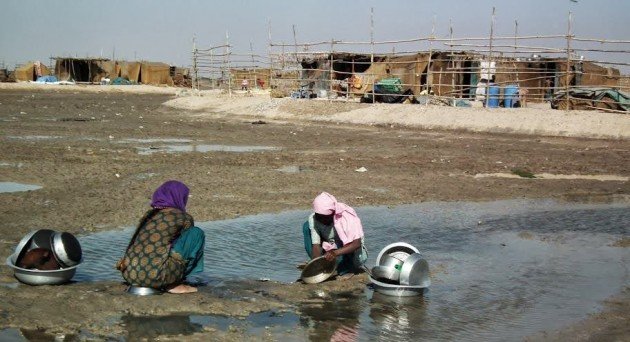
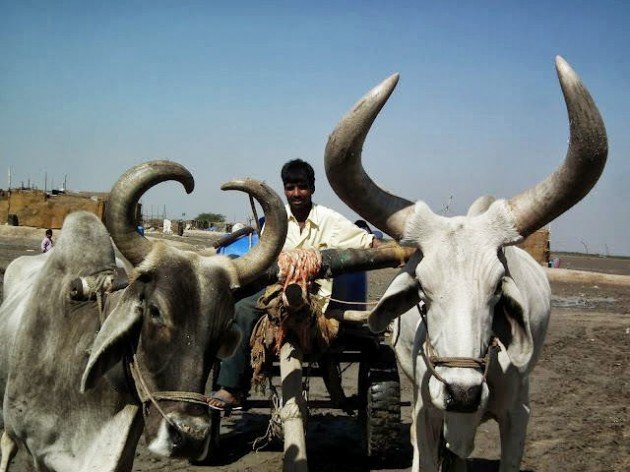
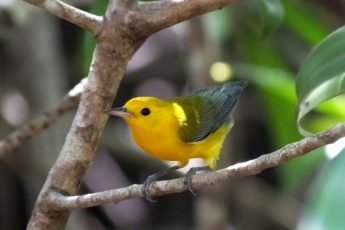

 New writers welcome – please contact us for details.
New writers welcome – please contact us for details.

















“It is possible”.
Sigh.
Possibly the most frustrating statement by a bird guide when you sense a dip. Too bad you didn’t see them.
And is it actually legal to show Crab Plovers and Ibisbills on the same page in a field guide that is accessible to birders outside India? 😉
We keep hoping one will get blown off course and end up here…will let you know if it ever does! Good luck with your desire to find a Crab Plover and may you get assistance by a tourist body to fly you there!
Did you find the pitta from the front of your Indian field-guide?
Try Qatar—you’ll find your Crab Plover for sure if you ask the small birding community where they’re around!
Will keep that in mind, thanks
Nope
I do not know why am I so fascinated with the birds of the Old World and particularly those countries around the Indian Ocean… but I am.
Occasionally I do some bird guiding myself and know the feeling – you do see some species somewhere, but not all the time. It is possible, but there are no guarantees – that’s the fun of it. I do not mind dipping the bird; it’s all part of birding… A few days later, with the same guide I’ll find one of the 100 rarest animals on Earth – and there are only five or six birds on that list.